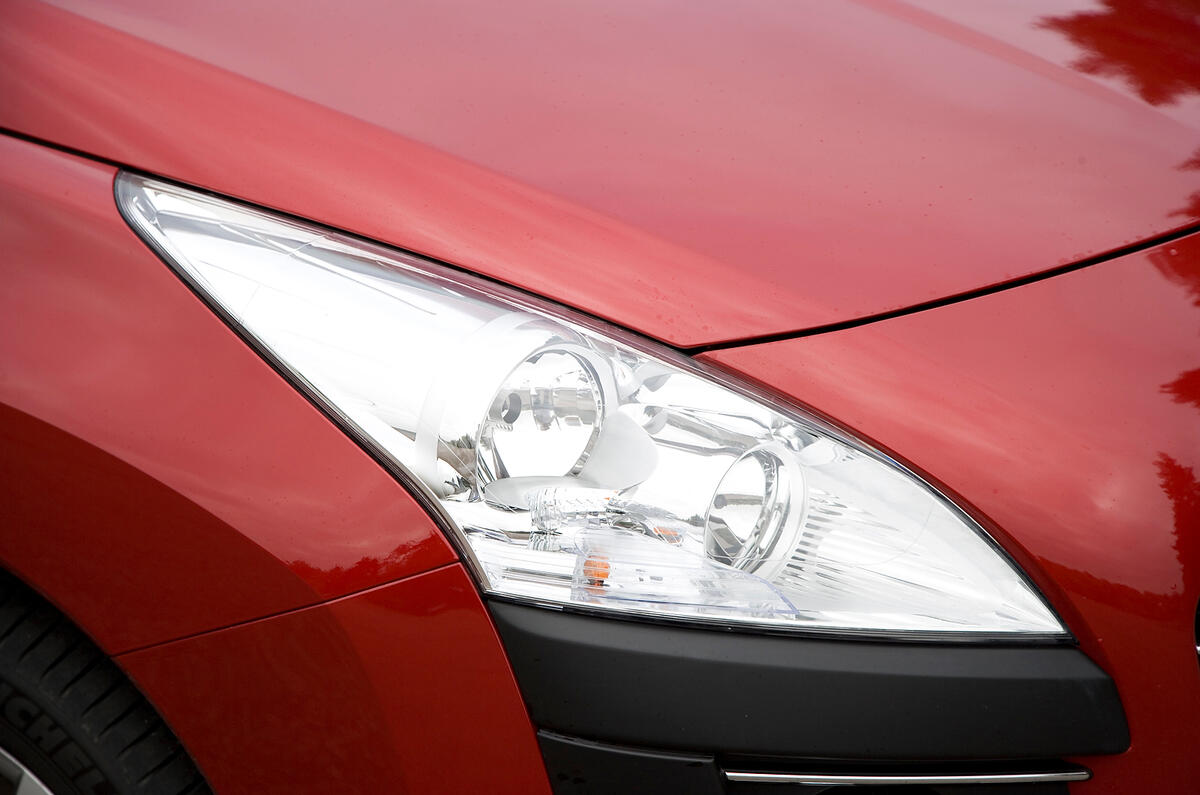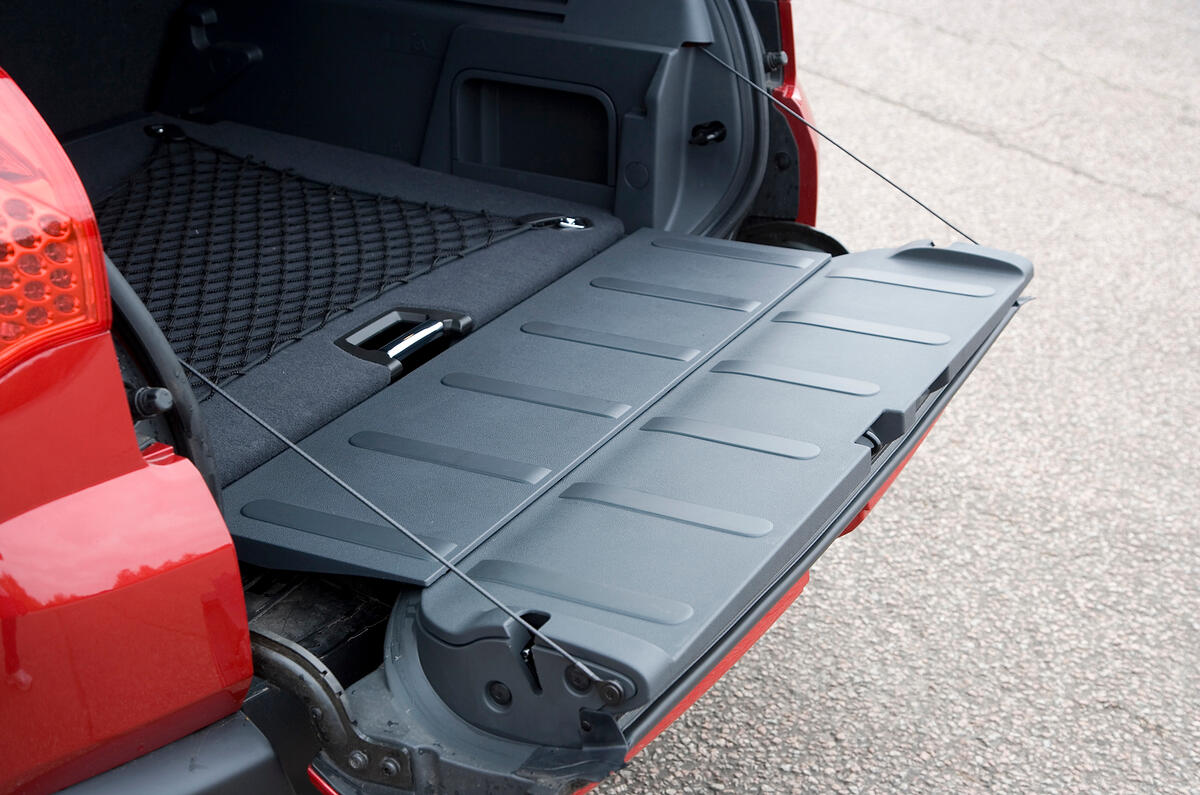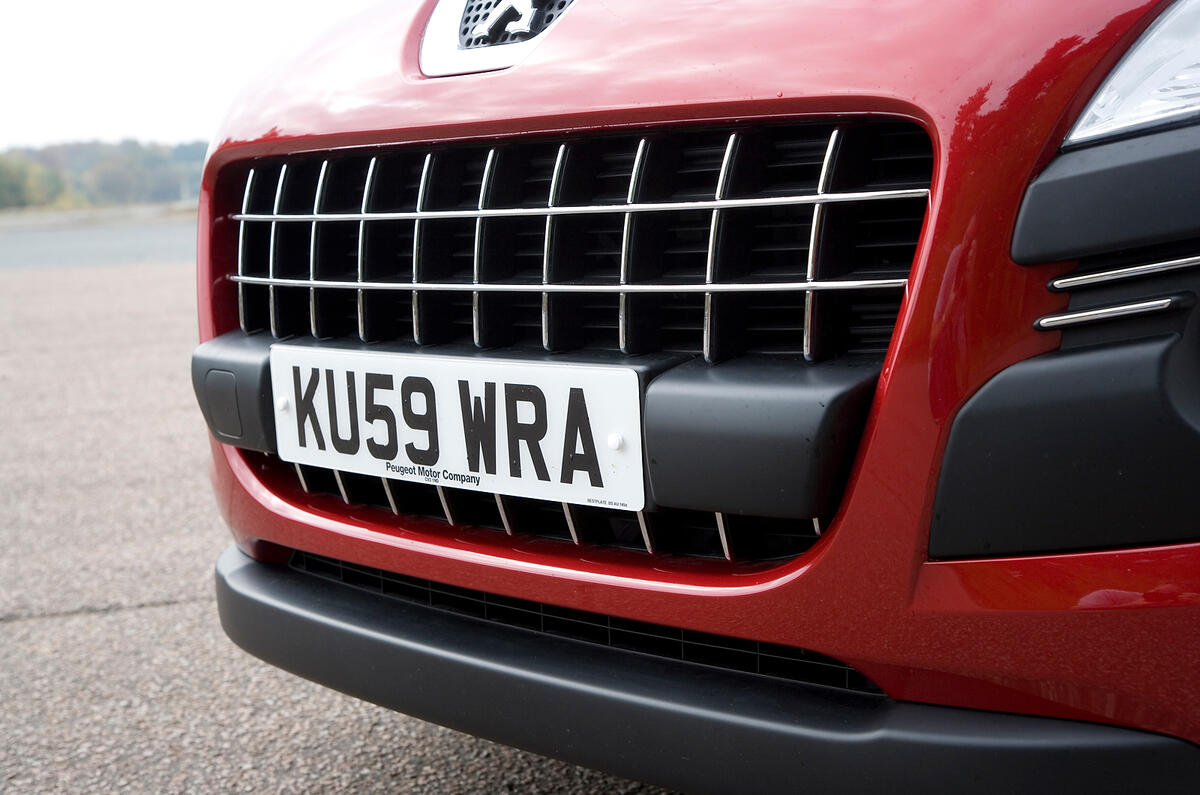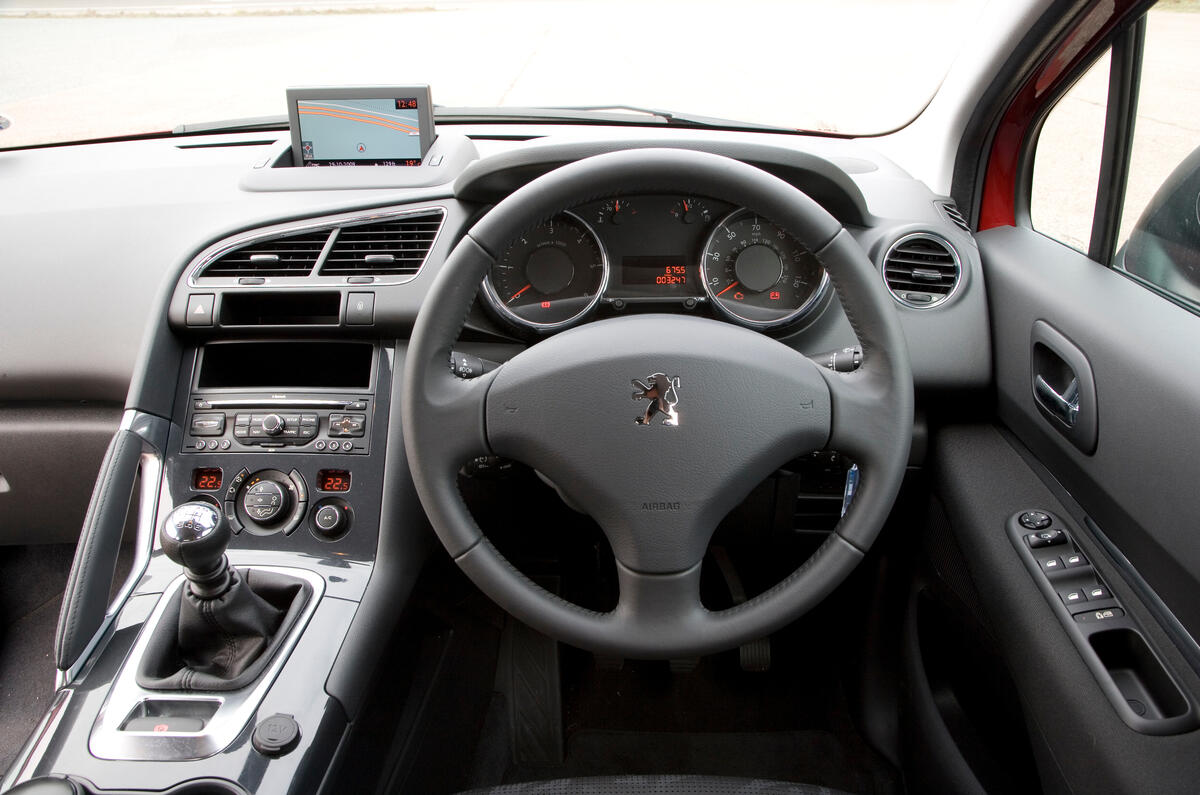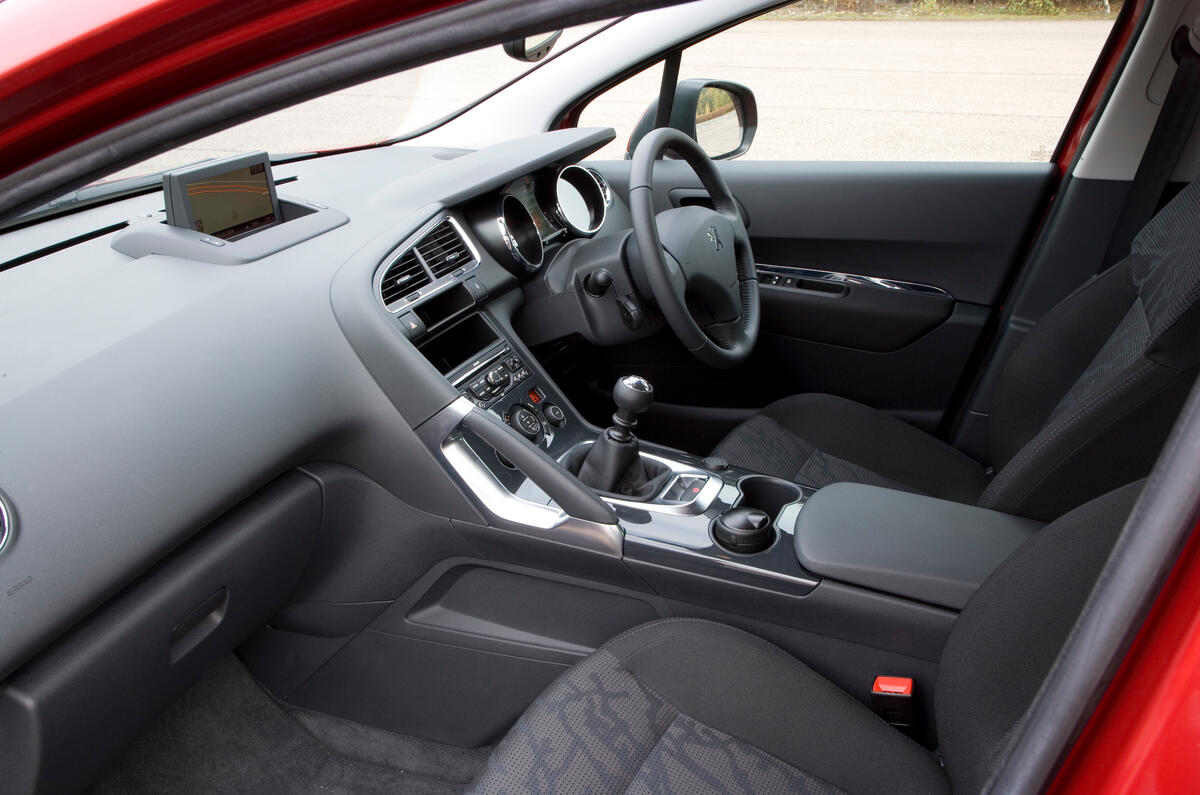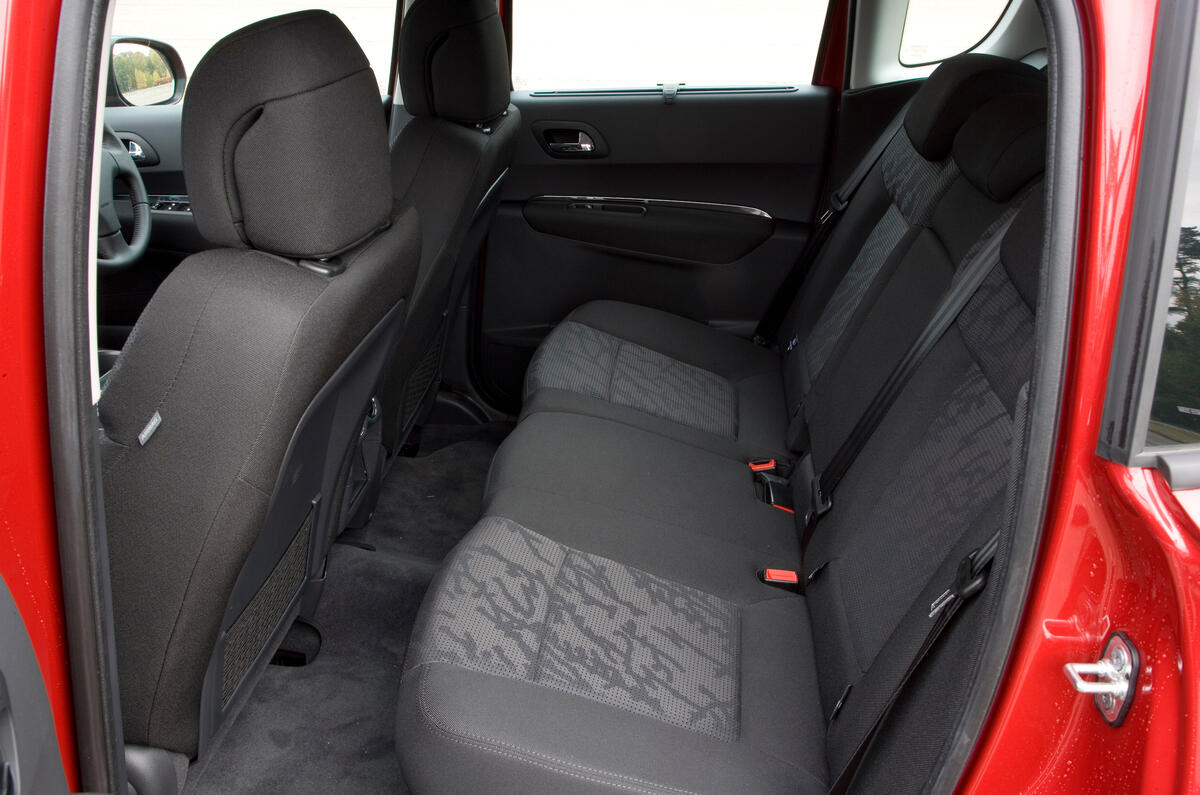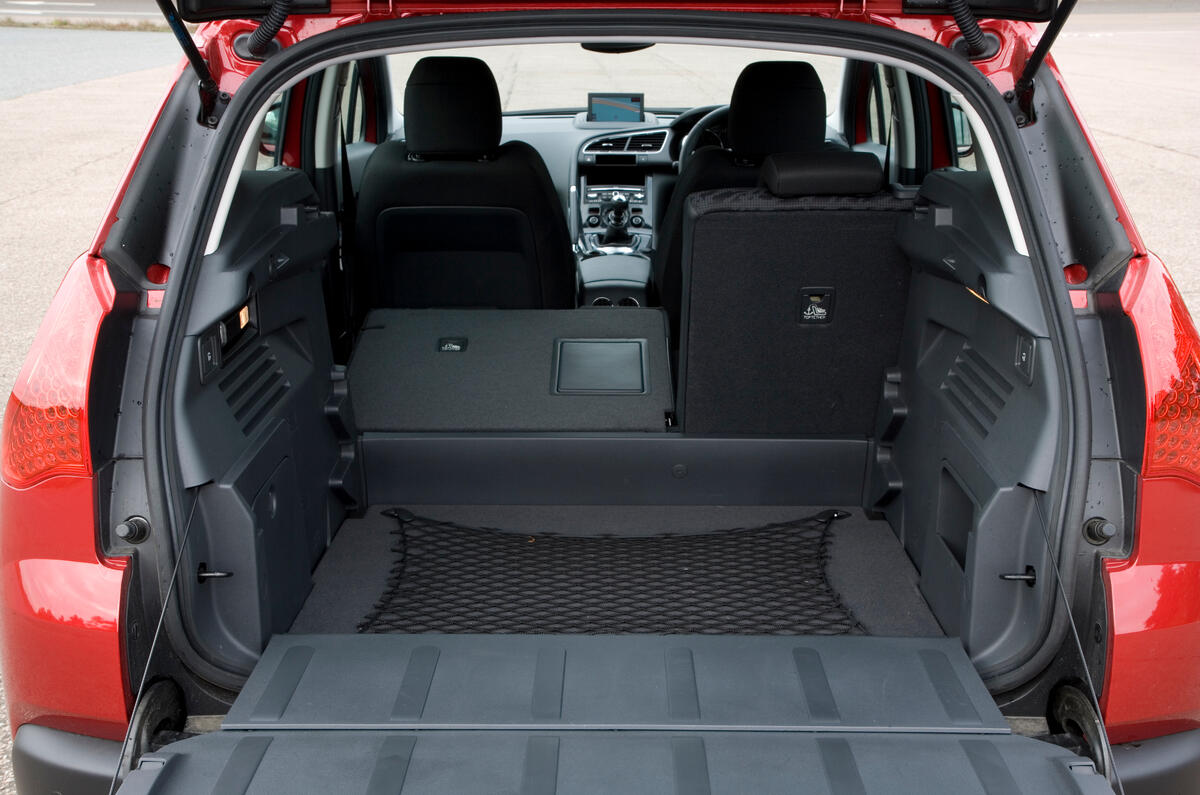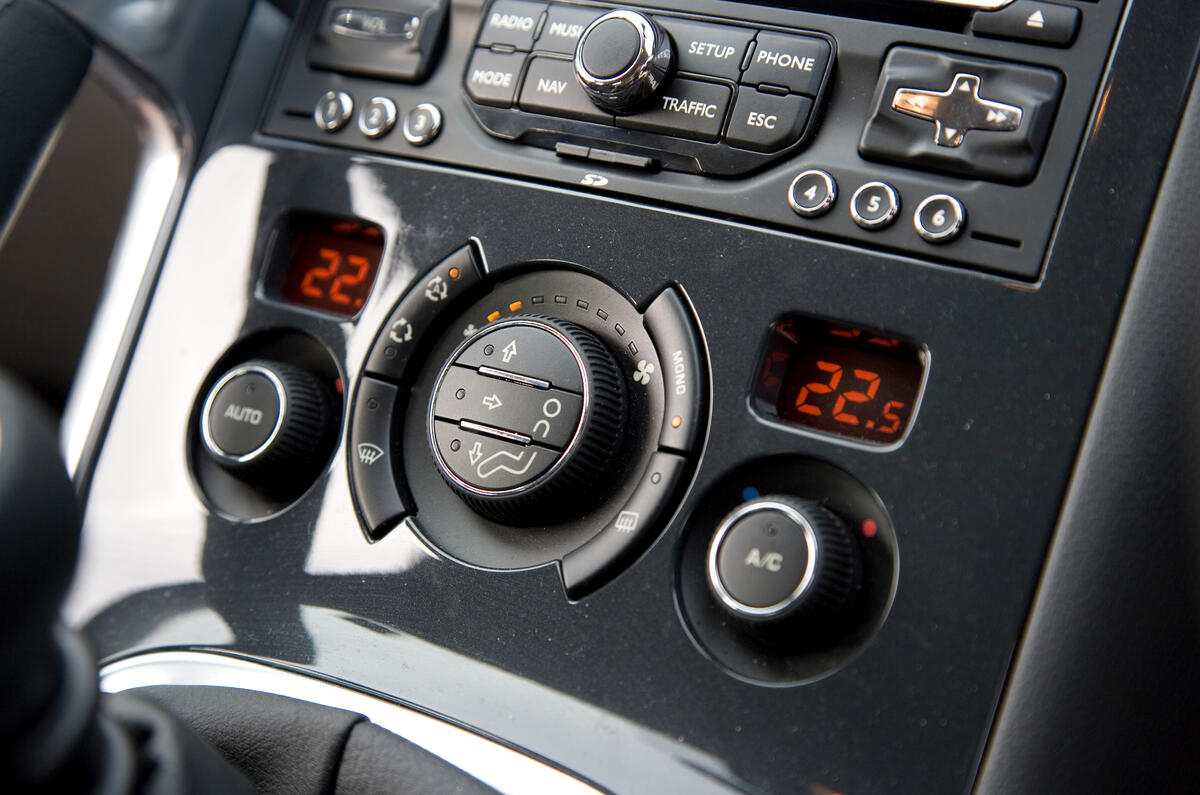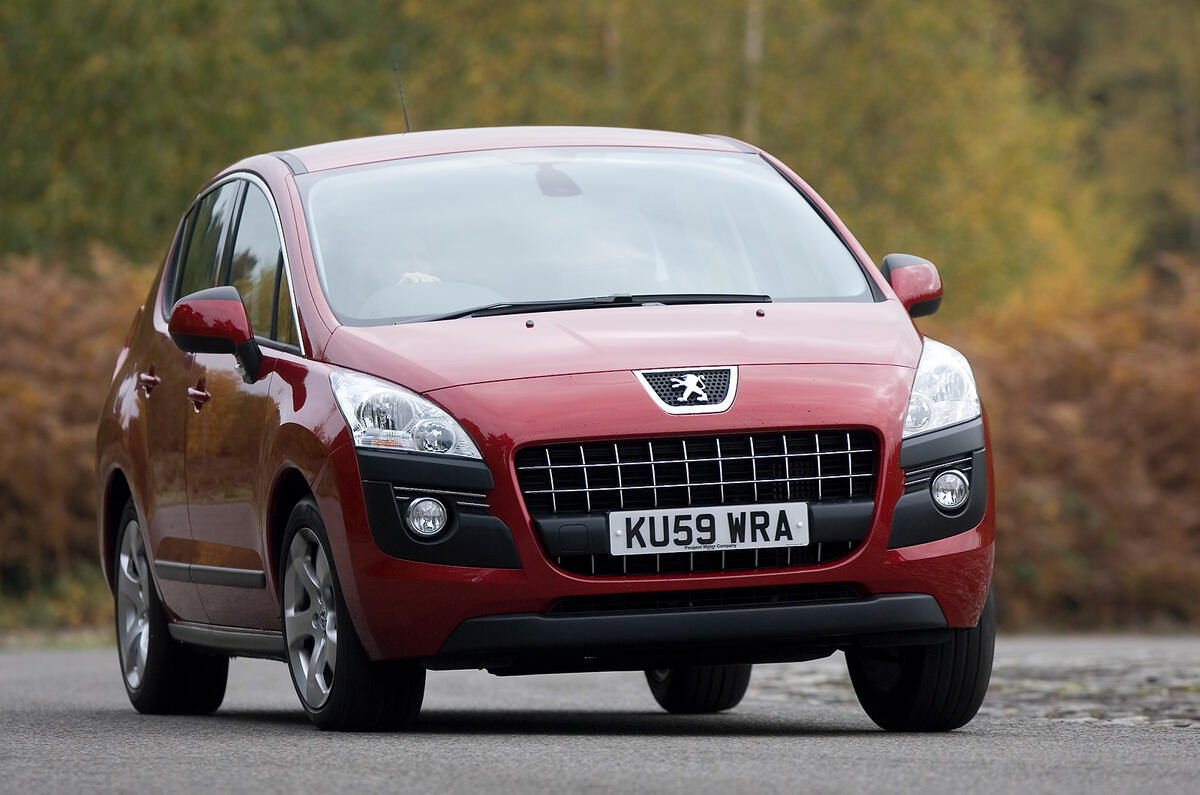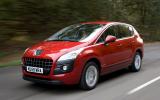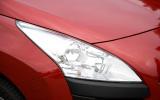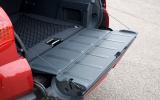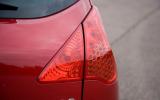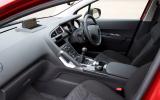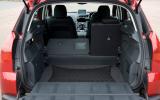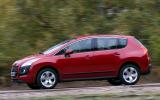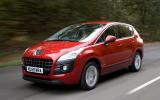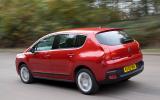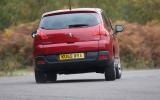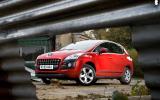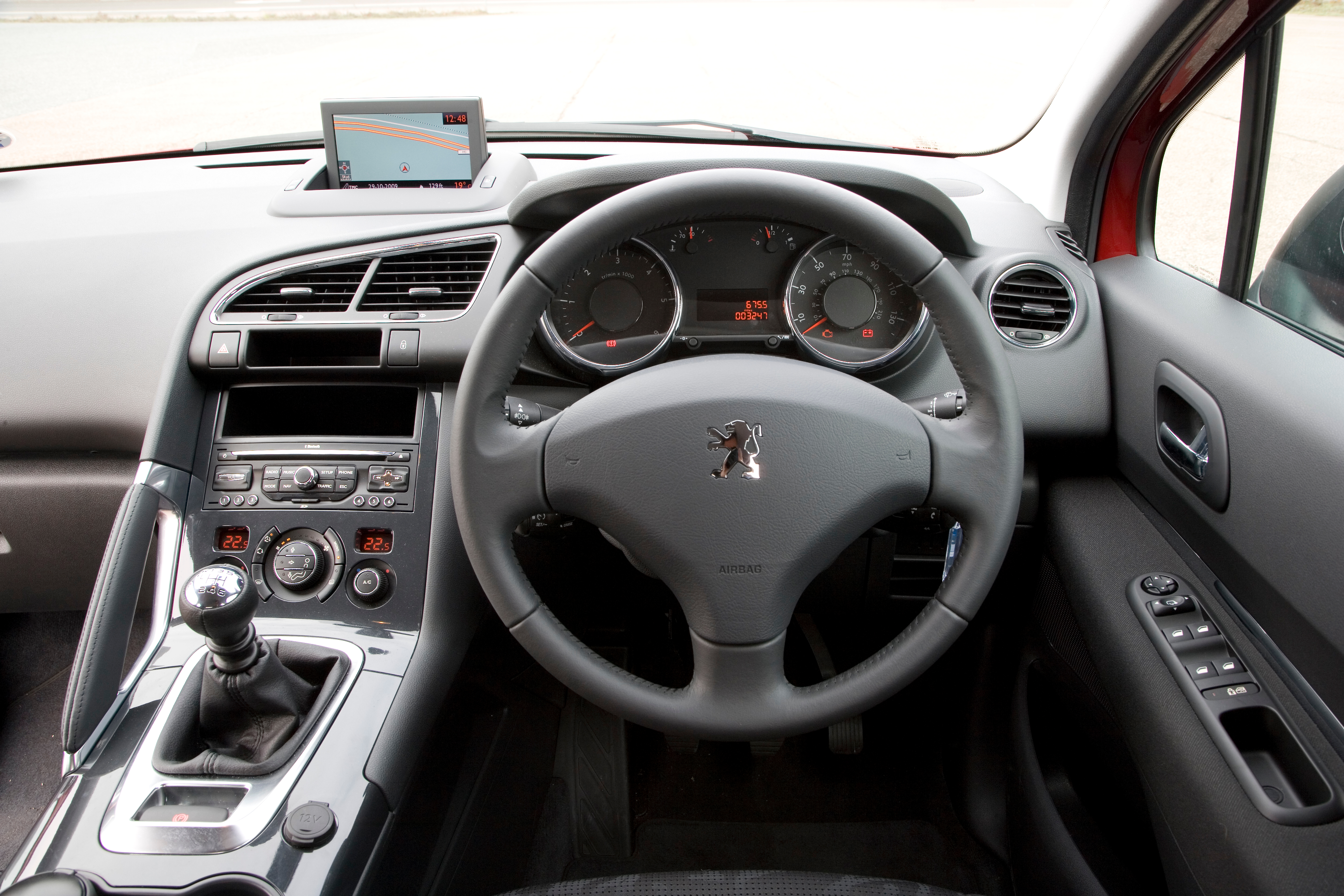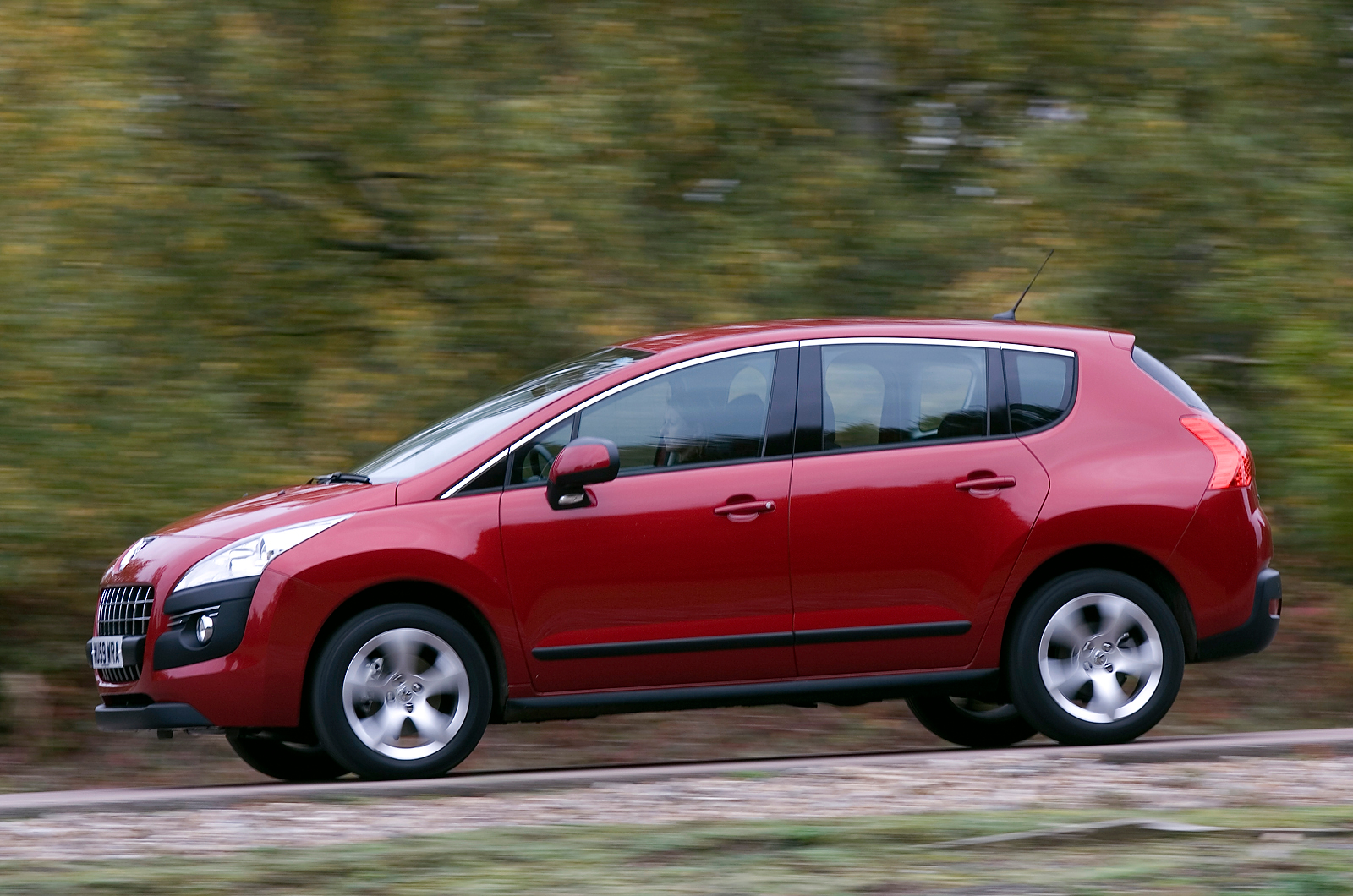Peugeot has come quite late to the compact crossover market – the niche founded by Nissan at the end of 2006 with the big-selling Nissan Qashqai. And with the Peugeot 3008, there are several boundaries being crossed: this car is part SUV, part estate, part hatchback, part MPV. It’s tall, but (in most models) lacks four-wheel drive, offering instead a ‘grip control’ system that does clever things with the traction control and ESP on slippery surfaces such as snow, mud or sand.
The exception to that is the Peugeot 3008 Hybrid4, which Peugeot introduced to the UK range at the beginning of 2012, and which became a pioneer for mothership PSA-Peugeot-Citroen: the world’s first mass produced full diesel-electric hybrid car. An electric-driven rear axle gives this version of the 3008 – and only this one – the part-time all-wheel drive implied by its raised ride height.
But all-wheel drive capability is hardly the main point of this car. As Nissan has done with the Qashqai, Peugeot seeks to appeal to buyers’ fantasies by offering a taste of SUV without the weight, expense and social opprobrium of the real thing. In Nissan’s case, so successful was the idea that the company abandoned the idea of a regular hatchback altogether; Peugeot won’t go quite that far. Instead, the 3008 is midway in length and price between the Peugeot 308 hatch and the Peugeot 308 SW estate, and is sold alongside both.
There is no direct history for this Peugeot because the Peugeot 3008 is the first of its line. But in its conception, if not in its genes, there is something of the rugged 404, 504 and 505 estates about the car. The larger 4007, broadly a rebadged Mitsubishi Outlander, is the one previous Peugeot crossover. It does have four-wheel drive,but it’s a much more ‘by the book’ medium-sized SUV than this high-rise hatchback.



